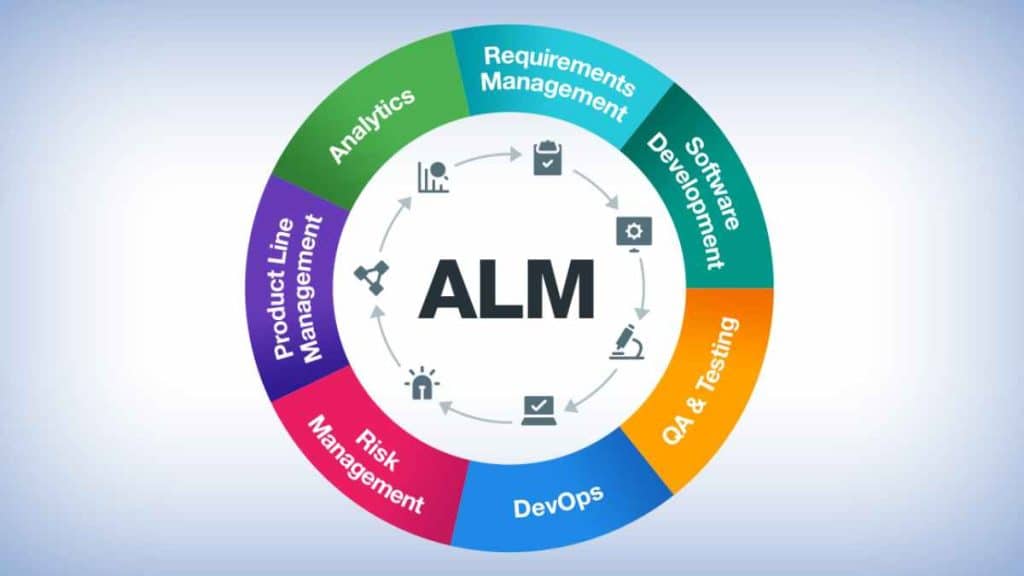If you’re involved in developing apps for businesses, you’ve likely heard of Application Lifecycle Management (ALM). But do you know what this entails and how it can benefit your development process?
Below we will give you a guide to In-app notifications. We’ll explore the stages of ALM, its uses, and the benefits it can offer those developing business applications.
At its core, ALM uses a set of processes and practices to build, launch, and maintain software applications. In addition, ALM gives a framework for managing an application’s growth stages. At the same time, make sure it is successful, from the initial planning and design phases to the final release.
Guide to In-App Notification: The Stages of ALM
The stages of Application Lifecycle Management can vary depending on the methodology used and the specific needs of a project, but they generally include the following:
Requirements Management
The first stage of ALM involves gathering and documenting the requirements for the application. This includes identifying the needs of the end users. Also, identify any functional and non-functional requirements.
Design Stage
Once the requirements have been established, the design phase begins. This means building the app’s structure, interface, and other parts according to the requirements.
Development Stage
The application is built according to the design specifications during the development stage. This stage includes coding, testing, and debugging.
Testing Stage
After the development of the application, it undergoes rigorous testing. This is to ensure it meets the established requirements and performs as intended.
Deployment Stage
Once you have tested and approved the application, it’s deployed to the production environment. Then we move onto the maintenance stage.
ALM Maintenance
Finally, we have the maintenance phase. This involves ongoing support and updates to ensure the application continues to meet the needs of the end users.
Uses For ALM
You can use ALM to manage any software application throughout its entire lifecycle. However, it is particularly beneficial for business applications. These types of apps typically have complex requirements (for example, an e-commerce store app) and must be continuously updated. Why? To keep up with changing business needs.
ALM provides a structured approach to app development. It helps ensure delivery of the application within budget, on time, and with the required level of quality. It also helps to minimize risks and ensure compliance with regulatory requirements.
Testing Business Apps
Testing is a critical part of the ALM process. By testing the application at each stage of development, you can identify and address issues before they become more significant problems. This helps to ensure the application meets the established requirements and performs as intended.
Benefits of ALM
There are numerous benefits to using ALM in your application development process. These include the following:
- Improved Collaboration
- Increased Efficiency
- Improved Quality
- Reduced Risks
In short, ALM improves with the above benefits in app development. Use it to take your app development to the next level.
Streamline App Development with ALM and Builder.ai!
ALM is an essential process for anyone developing software apps, particularly for businesses. ALM’s structured approach ensures on-time, on-budget, and quality app delivery. Whether you’re just starting in app development or are a seasoned pro, understanding ALM and its benefits is crucial to your success.
We hope the above has given you a complete guide to In-app Notifications!
